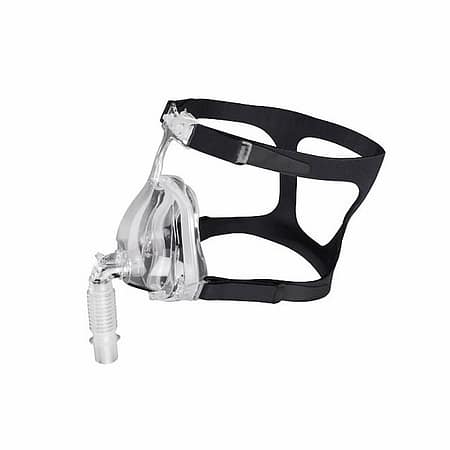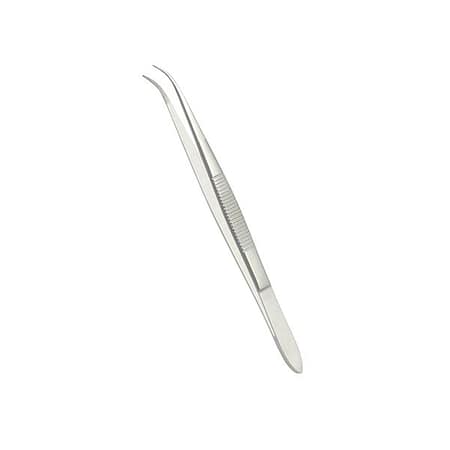Selecting the Appropriate Burn Treatment Products for Different Types of Burns

Introduction to Burn Injuries
Burn injuries are traumatic and can vary significantly in severity and required care. Understanding the type and depth of a burn is crucial for effective treatment and recovery.
Understanding the Different Types of Burns
- First-degree (Superficial) Burns: Affect only the outer layer of the skin, causing redness and pain.
- Second-degree (Partial Thickness) Burns: Extend through the first layer and into the second, leading to blistering, more intense pain, and potential scarring.
- Third-degree (Full Thickness) Burns: Penetrate all skin layers, destroying them completely, which may result in numbness due to nerve damage.
- Fourth-degree Burns: The most severe, extending into muscles and bones, often requiring surgical intervention and leading to significant long-term effects.
The Importance of Correct Burn Treatment
Correct treatment is vital for all burn injuries to prevent infection, reduce pain, speed up healing, and minimize scarring. Immediate and appropriate care tailored to the burn’s severity can significantly impact the overall recovery process. Proper initial management, including cleaning and dressing the wound, and seeking professional medical help when necessary, are steps that cannot be overlooked. Ensuring the affected individual receives the correct treatment not only aids in their physical recovery but also supports their mental and emotional well-being during the healing process.

Assessing Burn Severity
Evaluating the severity of a burn is crucial for determining the necessary treatment and care. Factors such as the depth and size of the burn, its location on the body, and the patient’s age and overall health condition play significant roles in this assessment.
Factors Determining Burn Severity
- Depth of the Burn: The deeper the burn, the more severe it is, affecting treatment choices.
- Size of the Burn: Larger burns pose greater risks for complications and require more comprehensive care.
- Location of the Burn: Burns on sensitive areas like the face, hands, feet, or genitals often need specialized treatment.
- Patient’s Age and Health Condition: Infants, elderly patients, and those with pre-existing health conditions may experience more severe outcomes and complications.
When to Seek Professional Medical Help
Professional medical help should be sought immediately for second-degree burns larger than 3 inches, all third and fourth-degree burns, and any burns affecting sensitive areas, causing significant pain, or in patients with health conditions that may complicate recovery. Early intervention by healthcare professionals is vital to prevent infections, manage pain, and ensure the best possible healing outcomes.
Selecting Burn Treatment Products
Choosing the right burn treatment products is critical for effective healing and minimizing complications. The selection should be based on the type and severity of the burn, targeting cleansing, protection, and pain management.
Cleansing and Initial Care
For initial care, use gentle cleansers and antiseptics to clean the affected area, removing debris and reducing the risk of infection. This step is crucial for all types of burns to prepare the wound for further treatment.
Dressings and Coverings
- Hydrogel Dressings: Ideal for superficial burns, hydrogel dressings provide moisture to the burn site, promoting healing and easing pain.
- Antibiotic Ointments and Creams: Recommended for partial thickness burns, these products prevent infection and keep the wound moist.
- Alginate Dressings: Best for full thickness burns, alginate dressings absorb excess fluid and assist in wound healing.
- Silver Sulfadiazine Creams: Used for preventing infection in various burn degrees, especially effective against microbial infections.
Pain Management Solutions
- Over-the-Counter Pain Relief: Medications like acetaminophen or ibuprofen can help manage pain for minor to moderate burns.
- Topical Analgesics: For localized pain relief without systemic side effects, topical analgesics can be applied directly to the burn area, suitable for all burn types based on the specific product recommendations.

Special Considerations for Burn Treatment
When treating burns, certain factors require special attention to ensure optimal healing and recovery. Tailoring the treatment approach to address these considerations can improve outcomes and minimise complications.
Treating Burns in Sensitive Areas
Burns located on sensitive areas such as the face, hands, feet, or genitals necessitate careful treatment due to their delicate nature and potential impact on function and appearance.
Burn Treatment for Children and Elderly
Children and elderly individuals may require modified treatment approaches due to differences in skin resilience, healing capacity, and susceptibility to complications. Adjusting product selection and care strategies accordingly is essential for their well-being.
Aftercare and Long-Term Healing
Aftercare and long-term healing are crucial aspects of burn treatment, focusing on preventing scarring and promoting skin regeneration. Products like silicone sheets and gels, along with pressure garments, aid in minimizing scarring and improving the appearance of healed skin. Additionally, maintaining proper hydration and nutrition plays a vital role in supporting skin regeneration and overall recovery. Incorporating supplements and foods rich in essential nutrients can accelerate healing and enhance the skin’s ability to repair itself, ensuring optimal outcomes for burn survivors.































